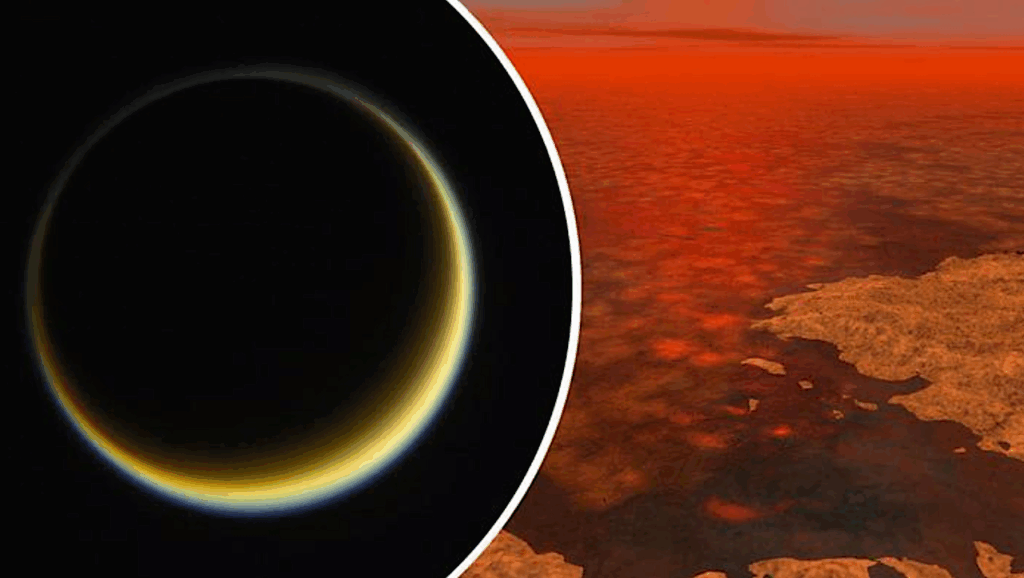Atmospheric Beacons of Life from Exoplanets Around G and K Stars

The current explosion in detection and characterization of thousands of extrasolar planets from the Kepler mission, the Hubble Space Telescope, and large ground-based telescopes opens a new era in searches for Earth-analog exoplanets with conditions suitable for sustaining life.
As more Earth-sized exoplanets are detected in the near future, we will soon have an opportunity to identify habitable worlds. Which atmospheric biosignature gases from habitable planets can be detected with our current capabilities? The detection of the common biosignatures from nitrogen-oxygen rich terrestrial-type exoplanets including molecular oxygen (O2), ozone (O3), water vapor (H2O), carbon dioxide (CO2), nitrous oxide (N2O), and methane (CH4) requires days of integration time with largest space telescopes, and thus are very challenging for current instruments.
In this paper we propose to use the powerful emission from rotational-vibrational bands of nitric oxide, hydroxyl and molecular oxygen as signatures of nitrogen, oxygen, and water rich atmospheres of terrestrial type exoplanets highlighted by the magnetic activity from young G and K main-sequence stars. The signals from these fundamental chemical prerequisites of life we call atmospheric beacons of life create a unique opportunity to perform direct imaging observations of Earth-sized exoplanets with high signal-to-noise and low spectral resolution with the upcoming NASA missions.
Vladimir S. Airapetian, Charles H. Jackman, Martin Mlynczak, William Danchi, Linda Hunt
(Submitted on 16 Jan 2018)
Comments: 9 pages, published online in Nature Scientific Reports, November 2, 2017
Subjects: Earth and Planetary Astrophysics (astro-ph.EP); Solar and Stellar Astrophysics (astro-ph.SR)
Journal reference: Nature Scientific Reports, 7: 14141, 2017
DOI: 10.1038/s41598-017-14192-4
Cite as: arXiv:1801.05341 [astro-ph.EP] (or arXiv:1801.05341v1 [astro-ph.EP] for this version)
Submission history
From: Vladimir Airapetian
[v1] Tue, 16 Jan 2018 16:35:07 GMT (3152kb)
https://arxiv.org/abs/1801.05341
Astrobiology








